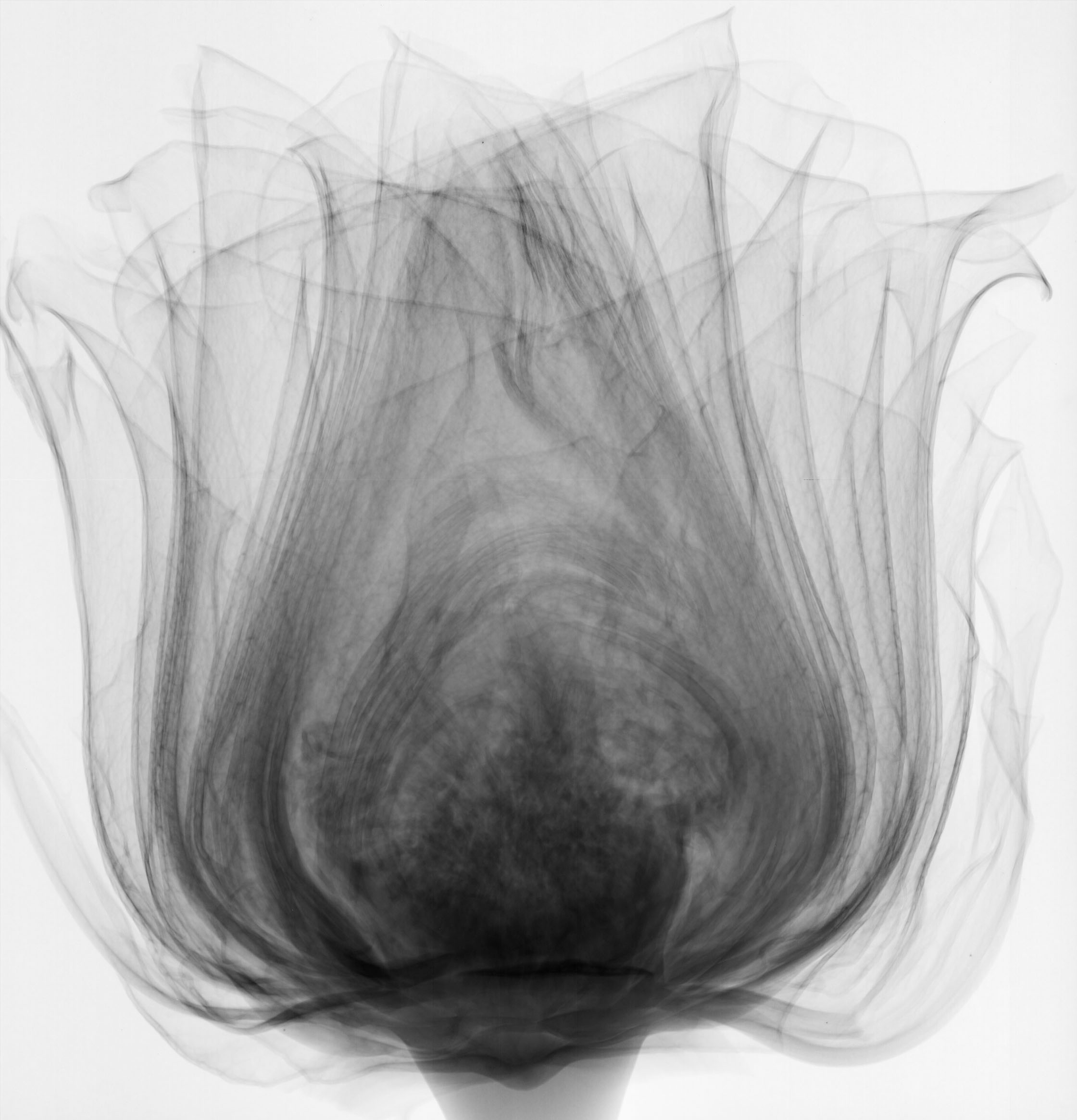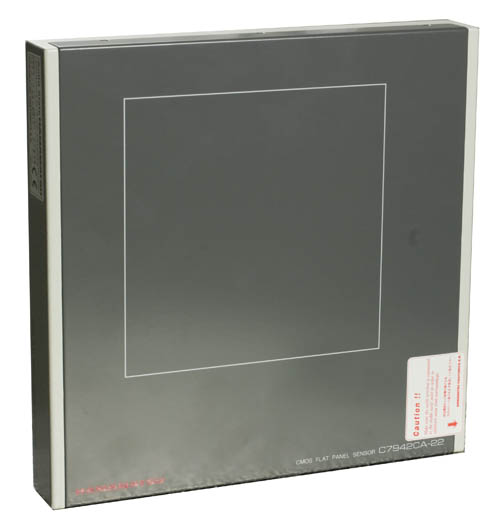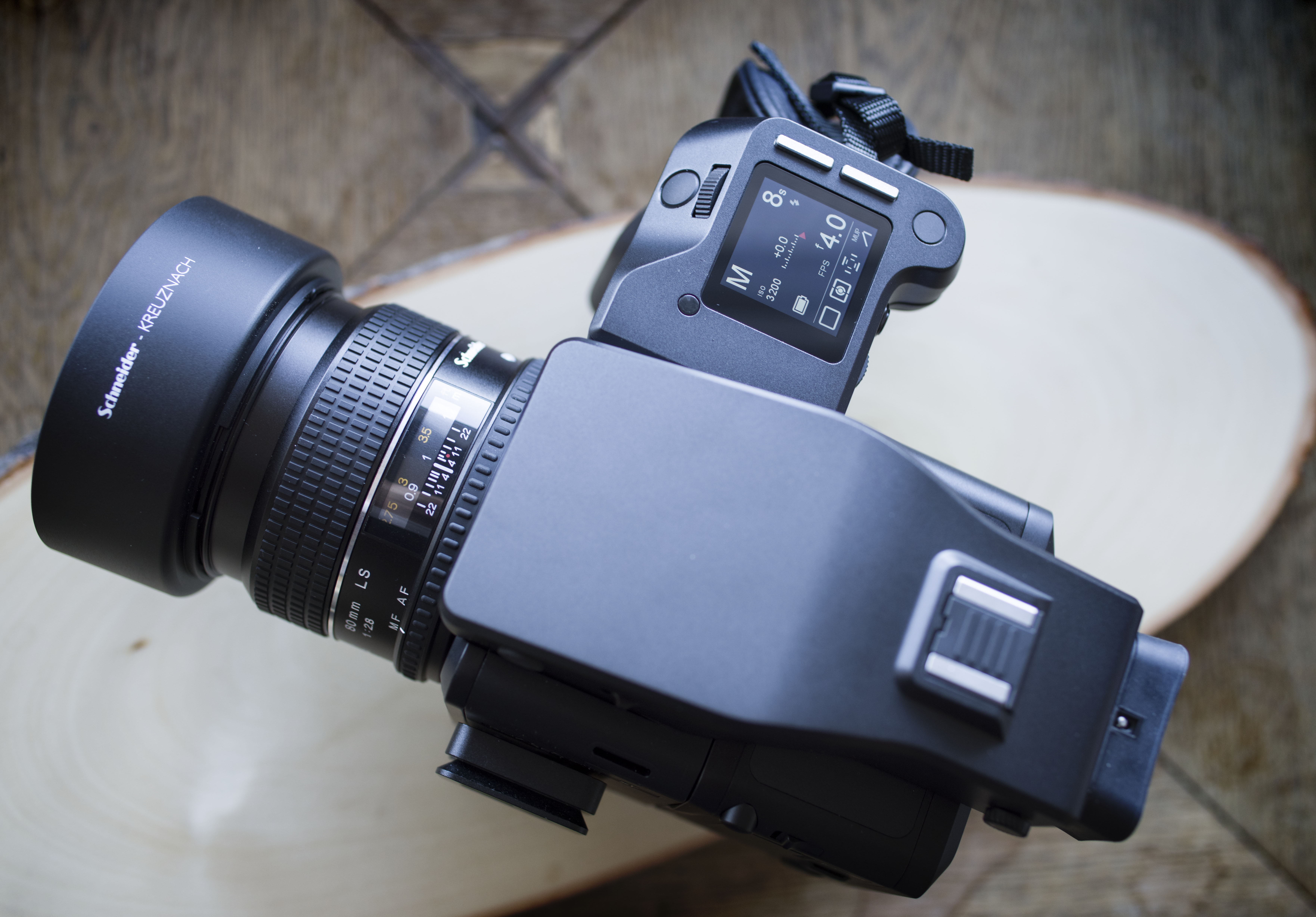Industrial Mathematics Laboratory
Industrial Mathematics Laboratory at University of Helsinki, Finland
The Industrial Mathematics Laboratory, founded by Professor Samuli Siltanen in 2009, is used for two main purposes: research and education.
The laboratory is part of the activities of the Department of Mathematics and Statistics of University of Helsinki and of the Finnish Centre of Excellence in Inverse Problems Research.
Research
The laboratory is crucial for several research projects, mainly in the field of computational solution of inverse problems. For example,
- The X-ray imaging equipment of the lab provides data for studies of 3D tomographic imaging from sparsely collected datasets. This is relevant for low radiation dose medical X-ray imaging and for industrial non-destructive testing in challenging environments.
- The lab has high-resolution camera equipment and powerful lighting gear. These are used for creating datasets for studying the mathematical and statistical structure of photographs. These in turn are used to create new image processing algorithms for JPEG artefact removal, de-mosaicing, deblurring and inpainting.
- 3D printer is used for many scientific purposes, including tube models for human vocal tracts (see picture below) and physical phantoms for X-ray tomographic experiments.

Teaching
Regarding teaching, it is of utmost importance that students of applied mathematics learn to work with actual noisy data and analyse it with computational methods. These skills are crucial for finding a mathematically challenging job in the industry, for example in research and development division of high technology companies.
Data measured with the camera equipment and with the X-ray equipment of the lab are used for BSc and MSc theses and in the annual course Inverse Problems.
Laboratory equipment
X-ray Imaging System
The X-ray equipment is located in the radiation-shielded facilities of the Laboratory of Electronic Structure of the Department of Physics at University of Helsinki.



Hamamatsu X-ray detector with 120x120mm active area and 2400x2400 pixels. The detector is capable of recording 9 frames per second with 4x4 binning.

See this video for an example measurement.
3D Printer
MakerBot Replicator 2 3D printer provides possibility to make such mathematical models and reconstructions you can touch.
For example we can print shape of vocal cords in different vowels, calculated by Bayesian inversion and MCMC methods.

Monochromatic camera
Phase One 645DF and a digital IQ260 achromatic back with 60 megapixel sensor.

See this video for an example of measurement.
Digital single lens reflex (SLR) camera
The Canon 5D Mark II digital camera body has a 21.1-megapixel full-frame CMOS sensor and complete control of photographic settings. Video HD imaging is also possible. The lens shown is a Canon EF 100mm/f2.8 USM macro optimised for close-up photography.

Carl Zeiss Lenses with focal length of 35 mm, 50mm macro and 85mm are used to collect high quality images for image processing algorithm development.

View Camera with Interchangeable Lenses and Digital Back
Very flexible classical Arca-Swiss view camera, allowing extreme close-up imaging, perspective correction, and tilting of the focal plane.

Several lenses are available: Nikkor wide-angle 75mm (left), Nikkor 120mm macro (right), and an old but sharp Japanese 300mm lens.

A scanning camera back delivering 144 megapixel color images. It has three line scanners, one for each RGB color component. In particular, it does not have the Bayer filter present in all regular digital cameras, so each pixel in the 6000x8000 resolution image has measured color components. (Therefore 144 megapixels: three times 6000x8000 equals 48 megapixels.)

HP Designjet T520
HP Designjet T520 is used to print posters for conference presentations. It is capable to print even A0 sized high quality posters with it's five toner cartridge.
